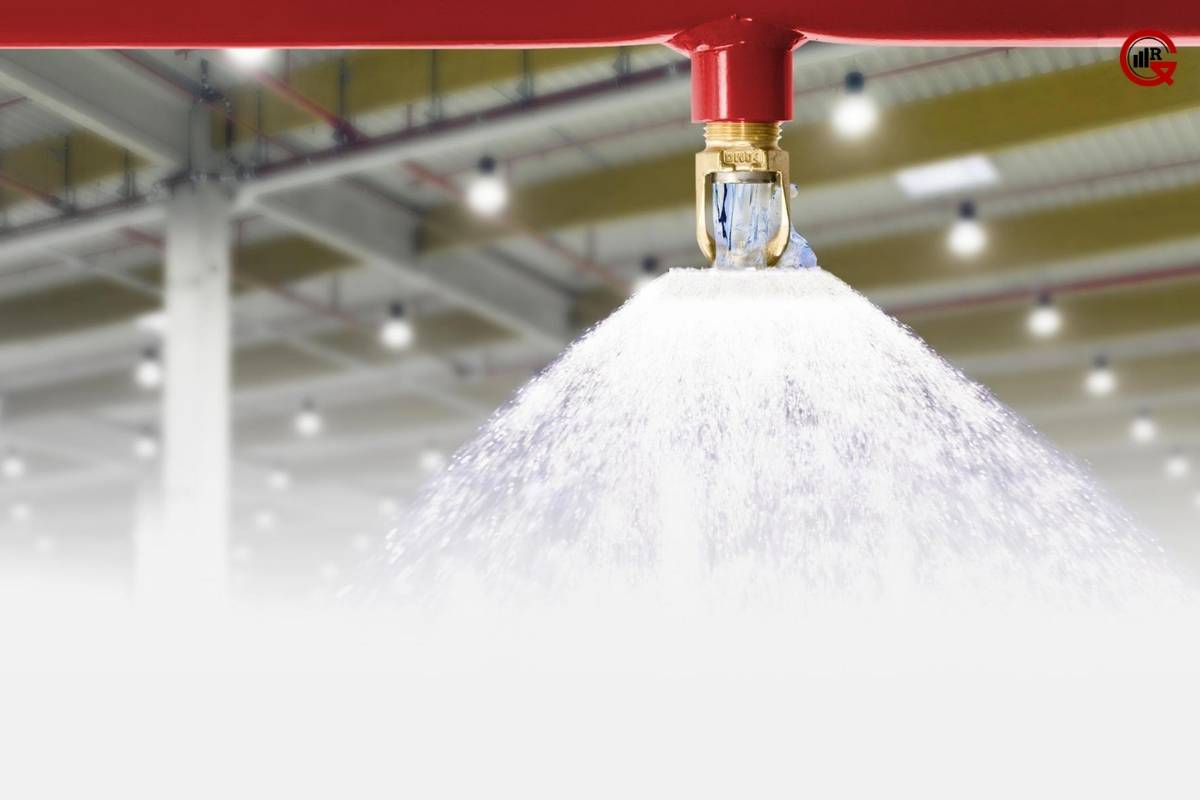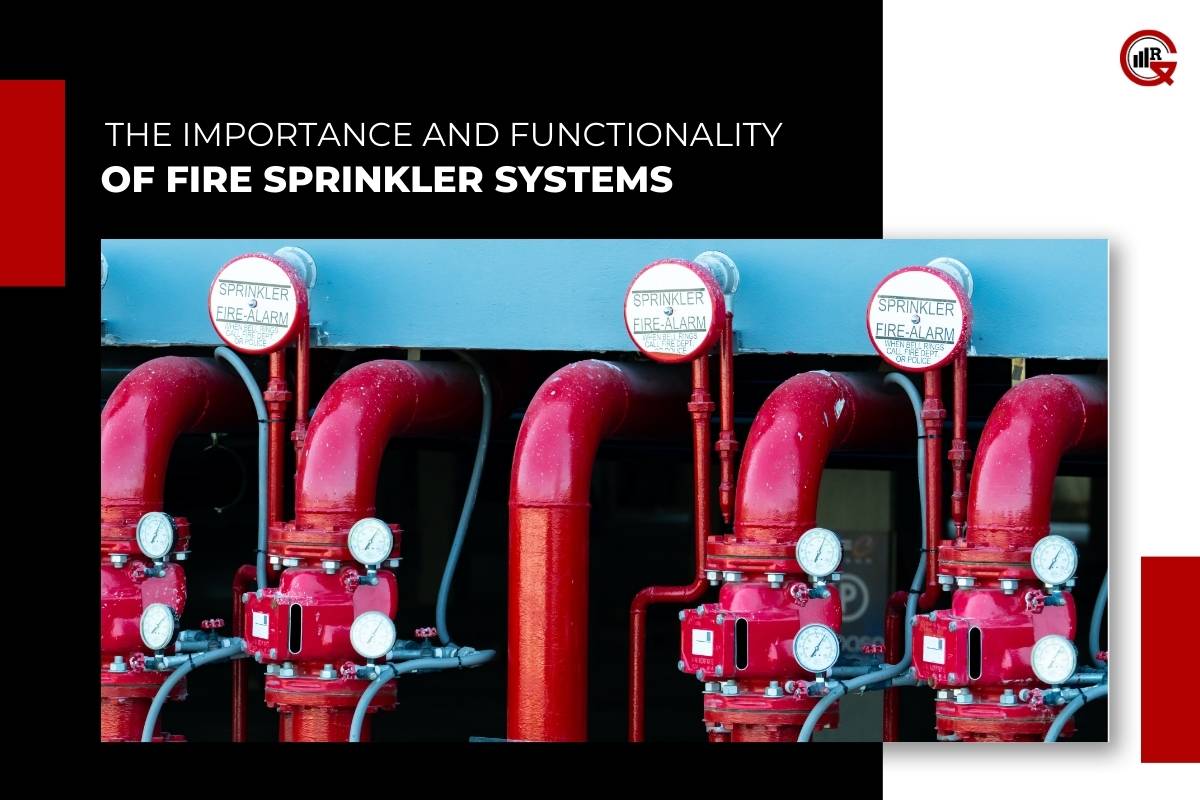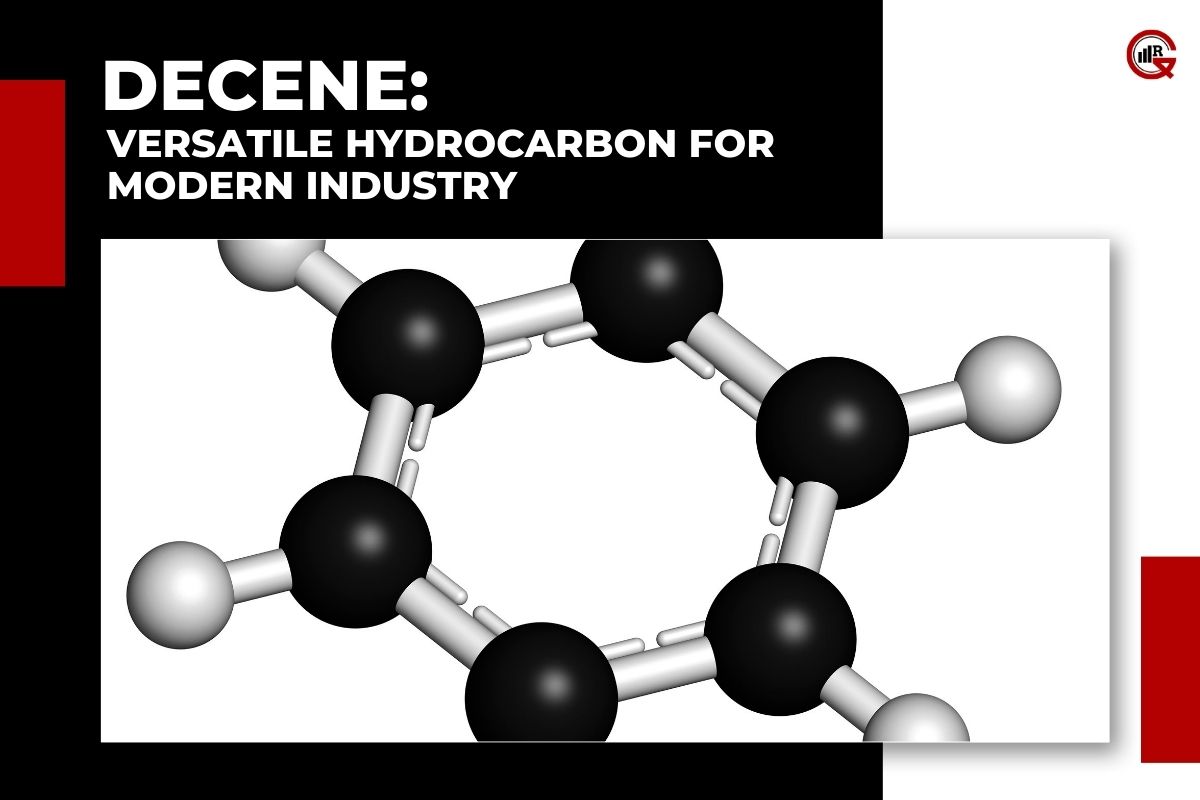Fire sprinkler systems (FSS) are vital components of building safety infrastructure, providing rapid response and suppression of fires to minimize property damage, protect lives, and ensure the safety of occupants. In this article, we explore the key components, functionality, benefits, and advancements of fire sprinkler systems, highlighting their critical role in fire prevention and mitigation.
Understanding Fire Sprinkler Systems:
They consist of a network of pipes, valves, and sprinkler heads strategically installed throughout a building. These systems are designed to automatically detect and suppress fires by releasing water or other extinguishing agents directly onto the flames or heat source. There are various types of fire sprinkler systems, including wet pipe, dry pipe, pre-action, deluge, and foam-based systems, each tailored to specific building environments and fire risks.
Functionality and Operation:
The operation of a fire sprinkler system is triggered by heat, typically from a fire, causing a sprinkler head to activate and release water or other extinguishing agents onto the fire below. Each sprinkler head operates independently, responding only to the heat in its immediate vicinity, which helps contain and suppress the fire while minimizing water damage to unaffected areas. The rapid response of FSS can significantly reduce the spread and intensity of fires, providing valuable time for occupants to evacuate and emergency responders to arrive.
Benefits of Fire Sprinkler Systems:
FSS offers numerous benefits, including:
Rapid Response: Sprinkler systems provide immediate fire suppression, helping to prevent the rapid spread of flames and smoke.
Life Safety: By suppressing fires quickly, sprinkler systems protect occupants from harm and facilitate safe evacuation.
Property Protection: Sprinkler systems help minimize property damage by containing fires and reducing the intensity of heat and smoke.

Cost Savings: The timely suppression of fires by sprinkler systems can result in lower repair and rebuilding costs compared to unrestrained fires.
Code Compliance: Many building codes and regulations require the installation of fire sprinkler systems in commercial, residential, and industrial buildings to ensure compliance with safety standards.
Advancements in Fire Sprinkler Technology:
Recent advancements in fire sprinkler technology have led to the development of more efficient and reliable systems. Some notable advancements include:
Enhanced Detection: Advanced detection technologies, such as smoke and heat detectors, improve the accuracy and speed of fire detection, enabling quicker response times.
Smart Systems: Smart FSS utilizes interconnected sensors, actuators, and control panels to provide real-time monitoring, remote diagnostics, and automatic alerts in the event of a fire or system malfunction.

Water Conservation: Low-flow sprinkler heads and water-saving technologies help reduce water consumption while maintaining effective fire suppression capabilities, promoting sustainability and environmental stewardship.
Corrosion Resistance: Corrosion-resistant materials and coatings extend the lifespan of sprinkler system components, ensuring reliability and durability in harsh environments.
Challenges and Considerations:
Despite their effectiveness, fire sprinkler systems face certain challenges and considerations, including:
Maintenance Requirements: Regular inspection, testing, and maintenance are essential to ensure the proper functioning of FSS and compliance with regulatory requirements.
False Alarms: False alarms from malfunctioning sensors or accidental activations can disrupt building occupants and emergency response efforts, highlighting the importance of system reliability and sensitivity calibration.
Water Damage: While FSS helps minimize fire damage, the discharge of water can still cause collateral damage to building contents and electronics, necessitating proper water damage mitigation measures.

Retrofitting: Retrofitting existing buildings with FSS can be complex and costly, requiring careful planning, design, and installation to ensure compatibility and effectiveness.
Future Trends and Outlook:
The future of FSS is characterized by ongoing innovation and integration with emerging technologies. Advancements such as artificial intelligence, predictive analytics, and IoT connectivity hold the potential to further enhance the performance, efficiency, and reliability of FSS. Additionally, increased focus on sustainability, resilience, and occupant safety is driving demand for eco-friendly and smart fire suppression solutions tailored to the needs of modern buildings and environments.
Conclusion:
Fire sprinkler systems play a critical role in fire prevention and mitigation, providing rapid response and suppression capabilities to protect lives, property, and assets. From their fundamental components and functionality to the benefits, advancements, and challenges they entail, FSS remain indispensable tools for ensuring fire safety in buildings and facilities worldwide. As technology continues to evolve and regulations evolve, fire sprinkler systems will continue to adapt and innovate to meet the evolving needs of fire protection and building safety.






